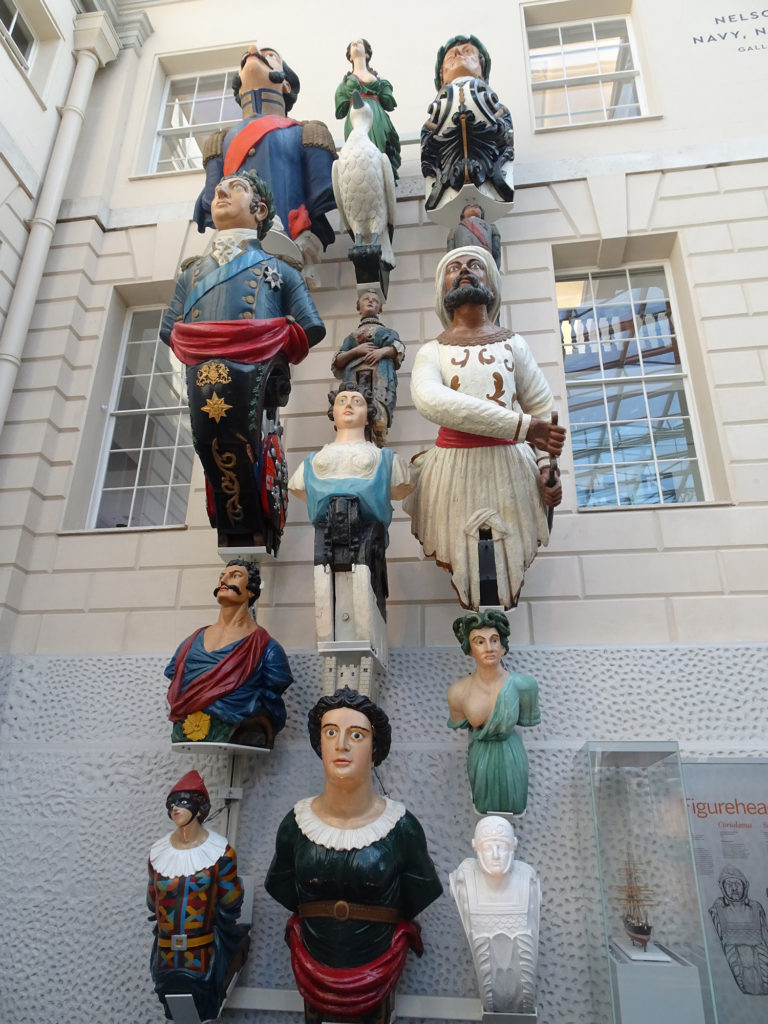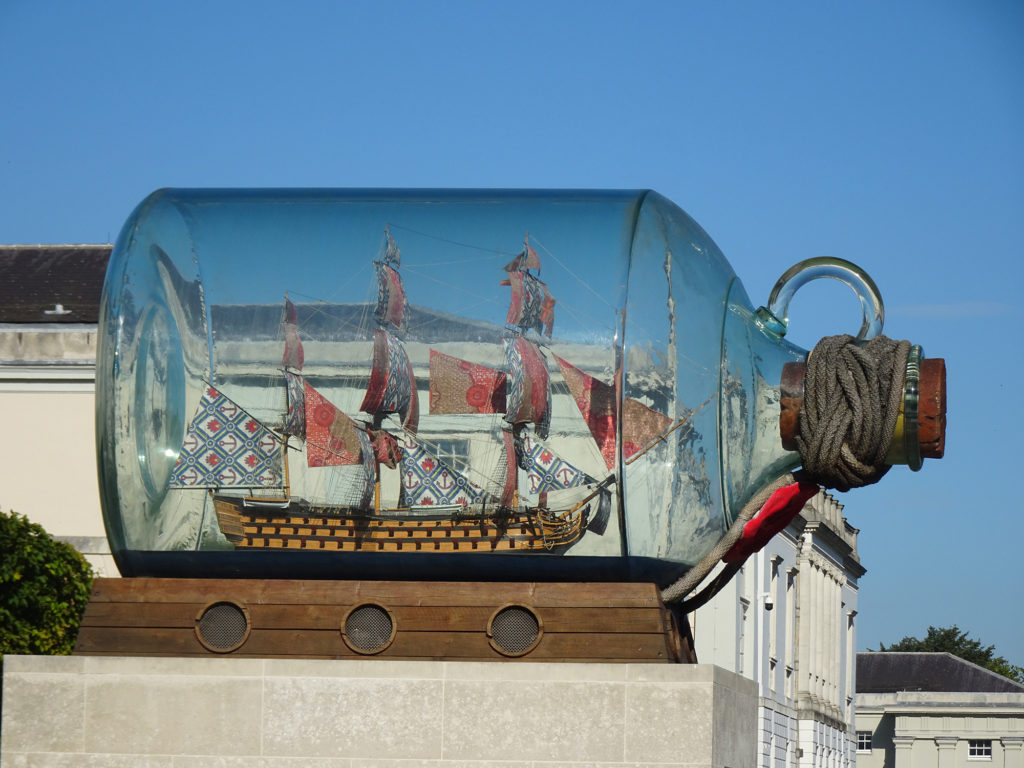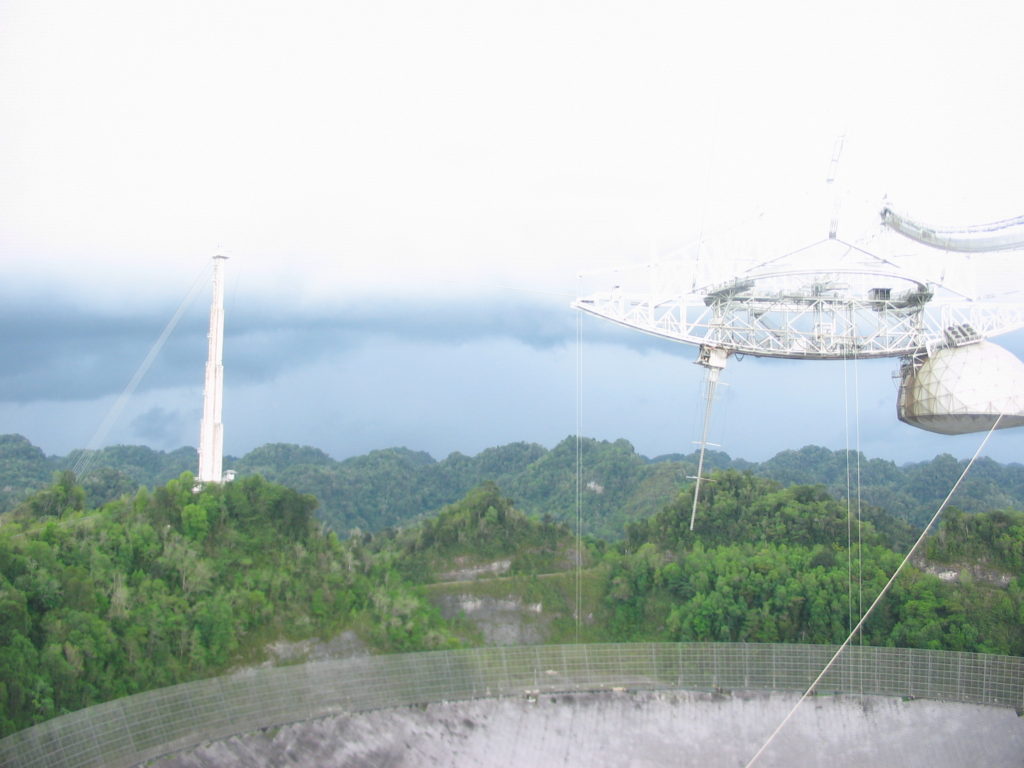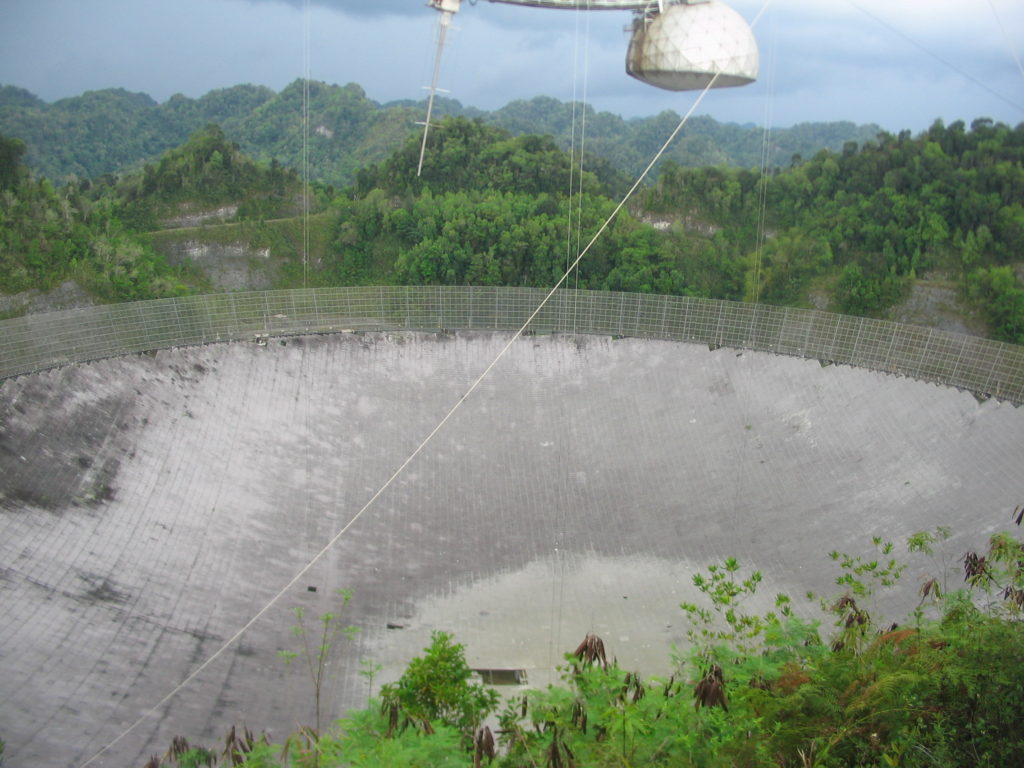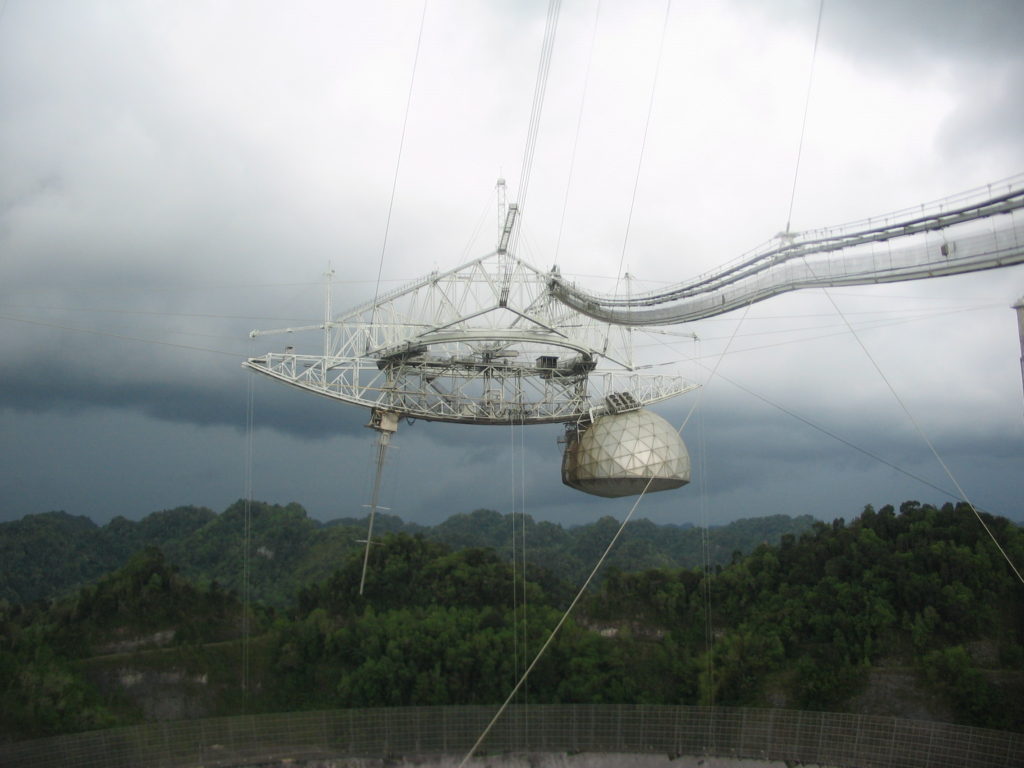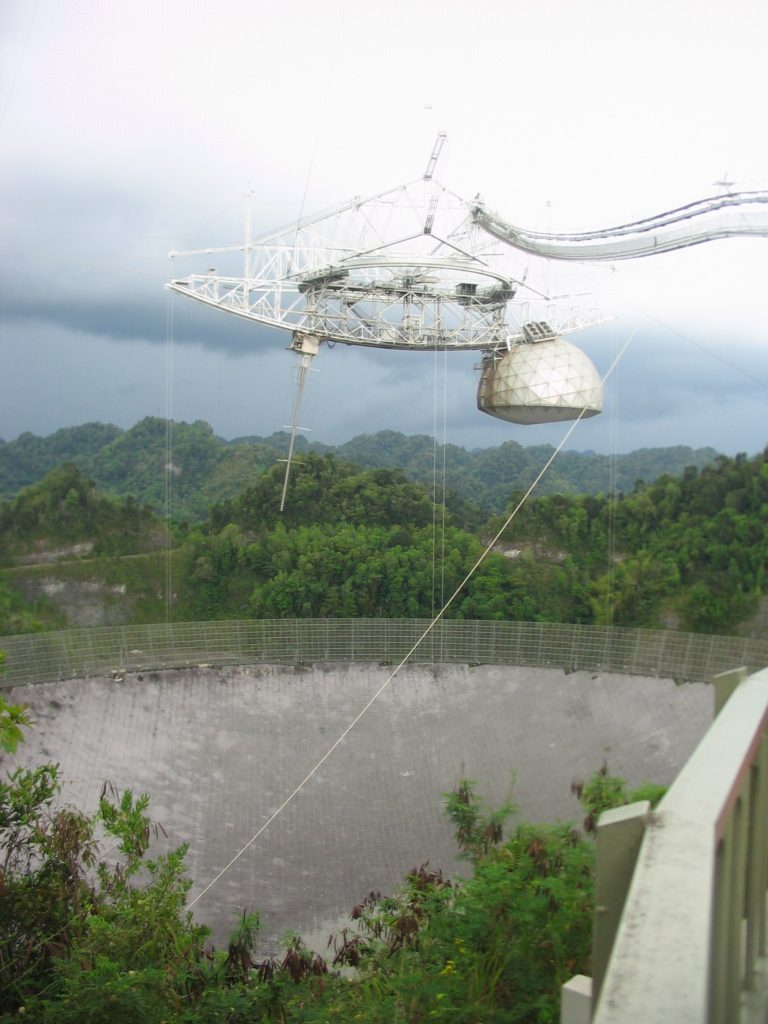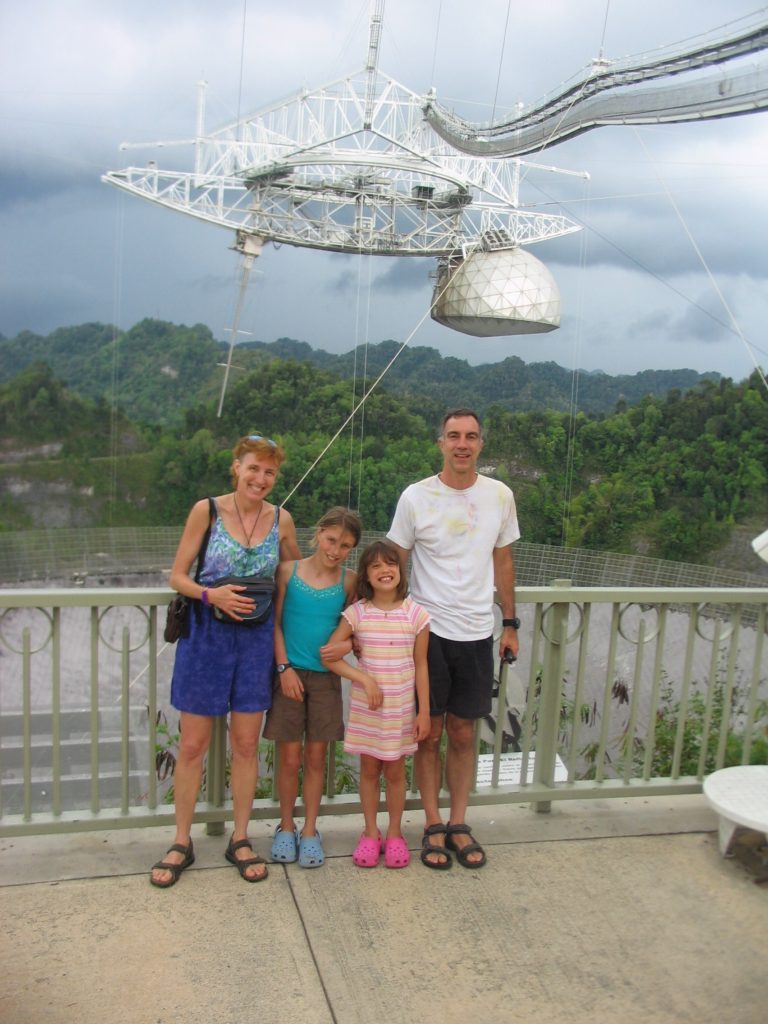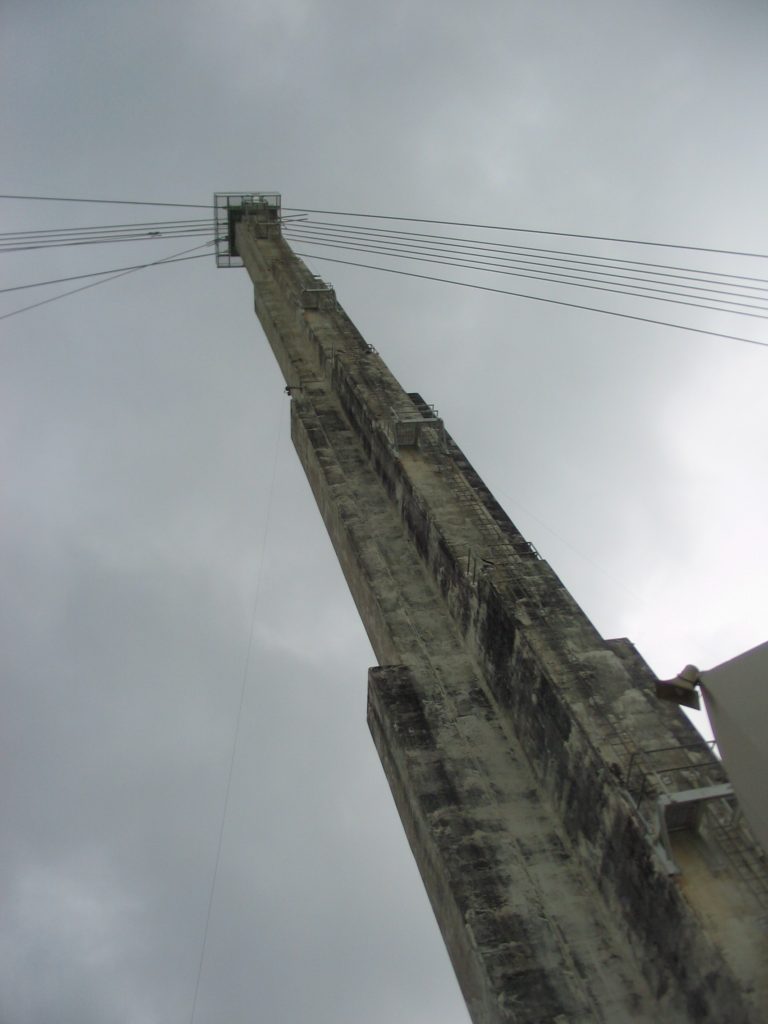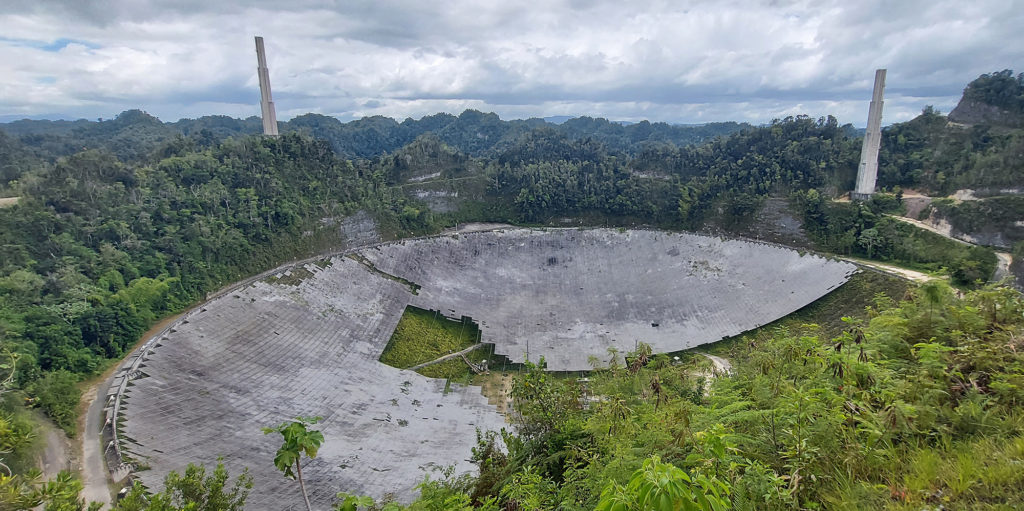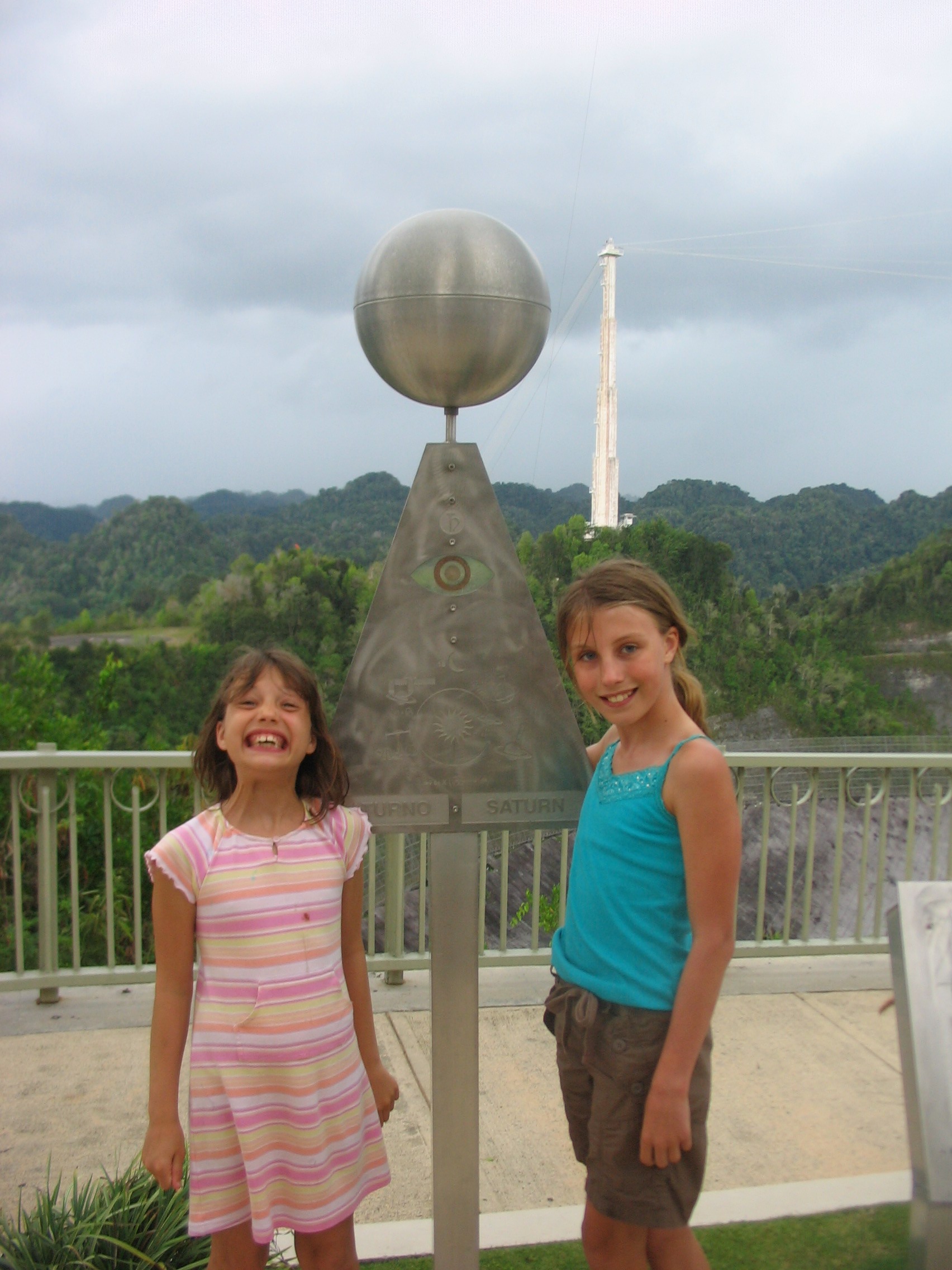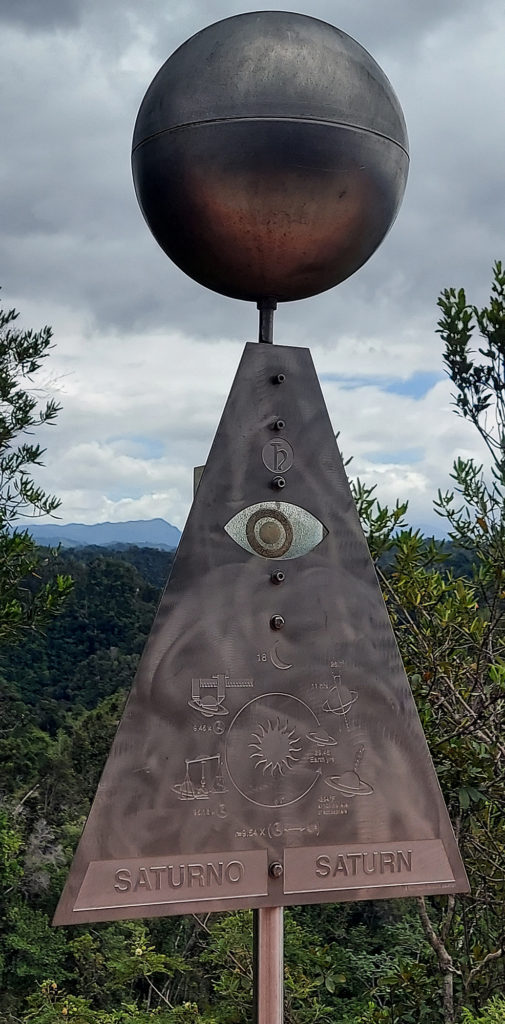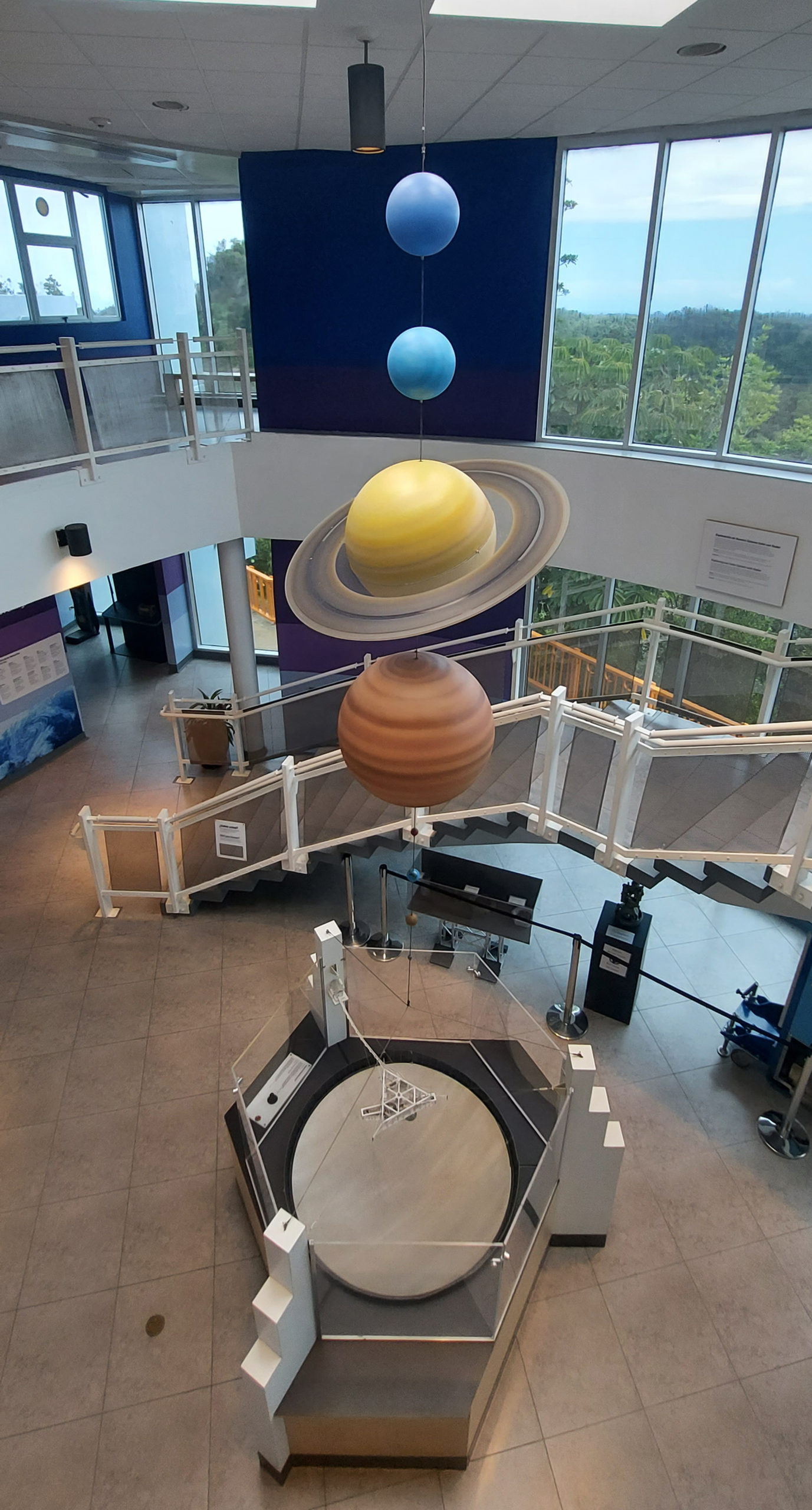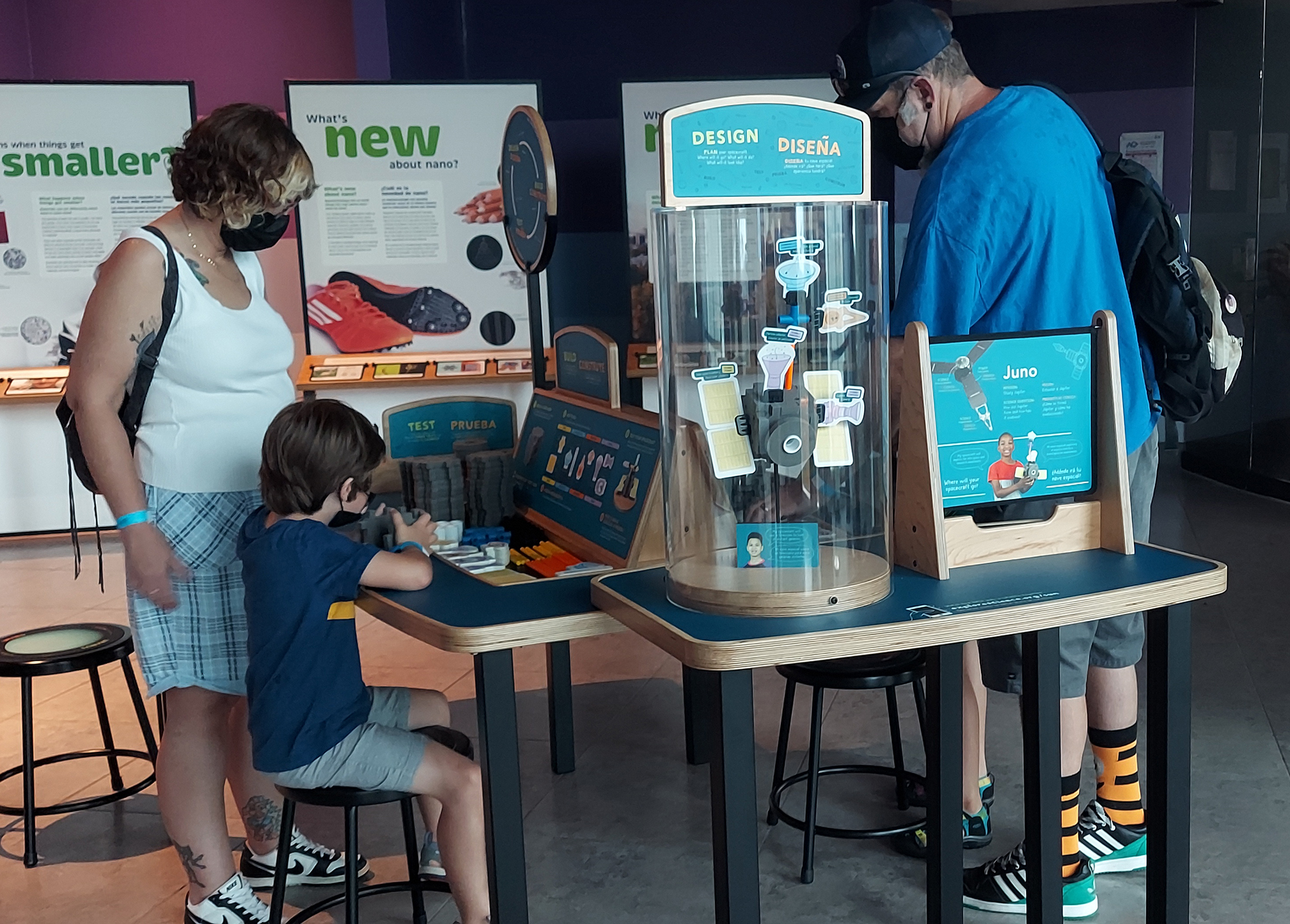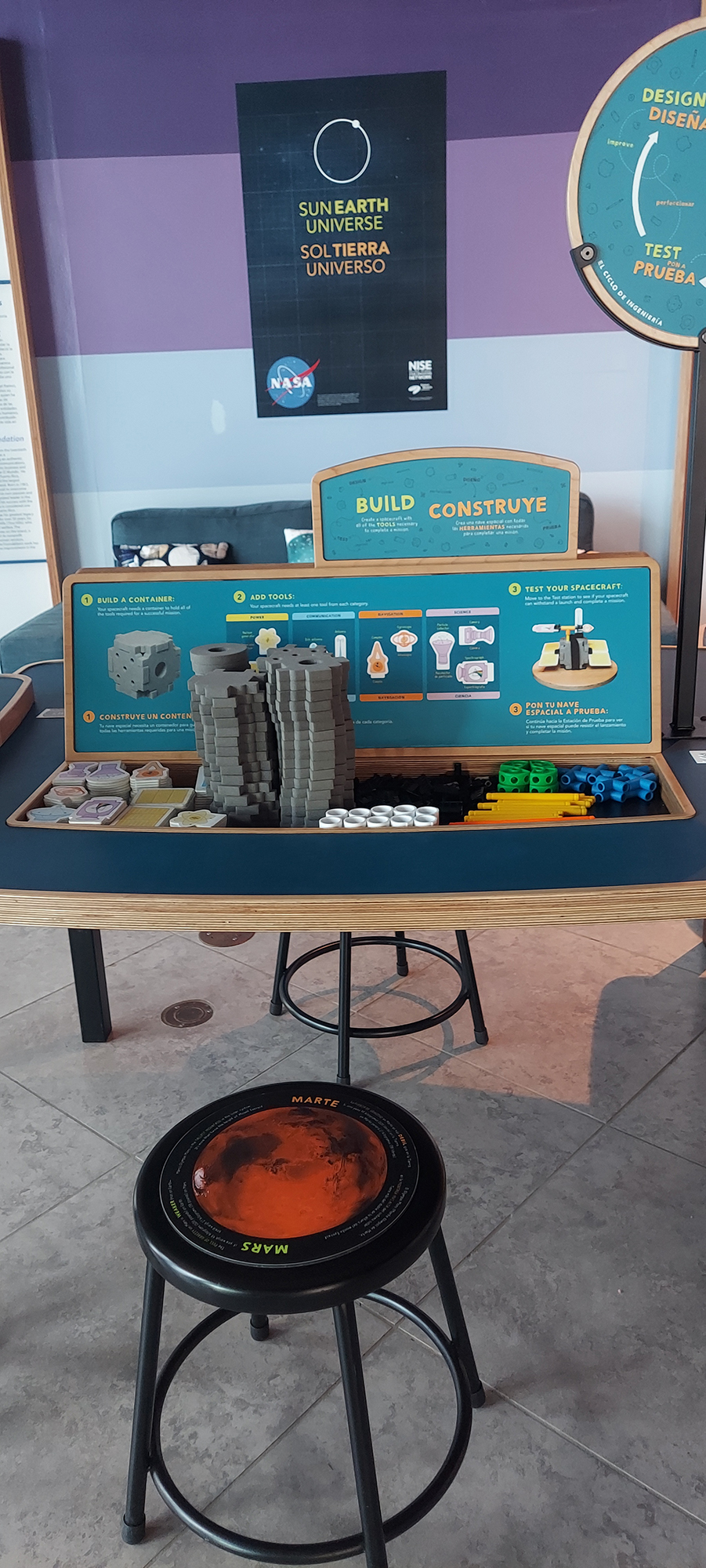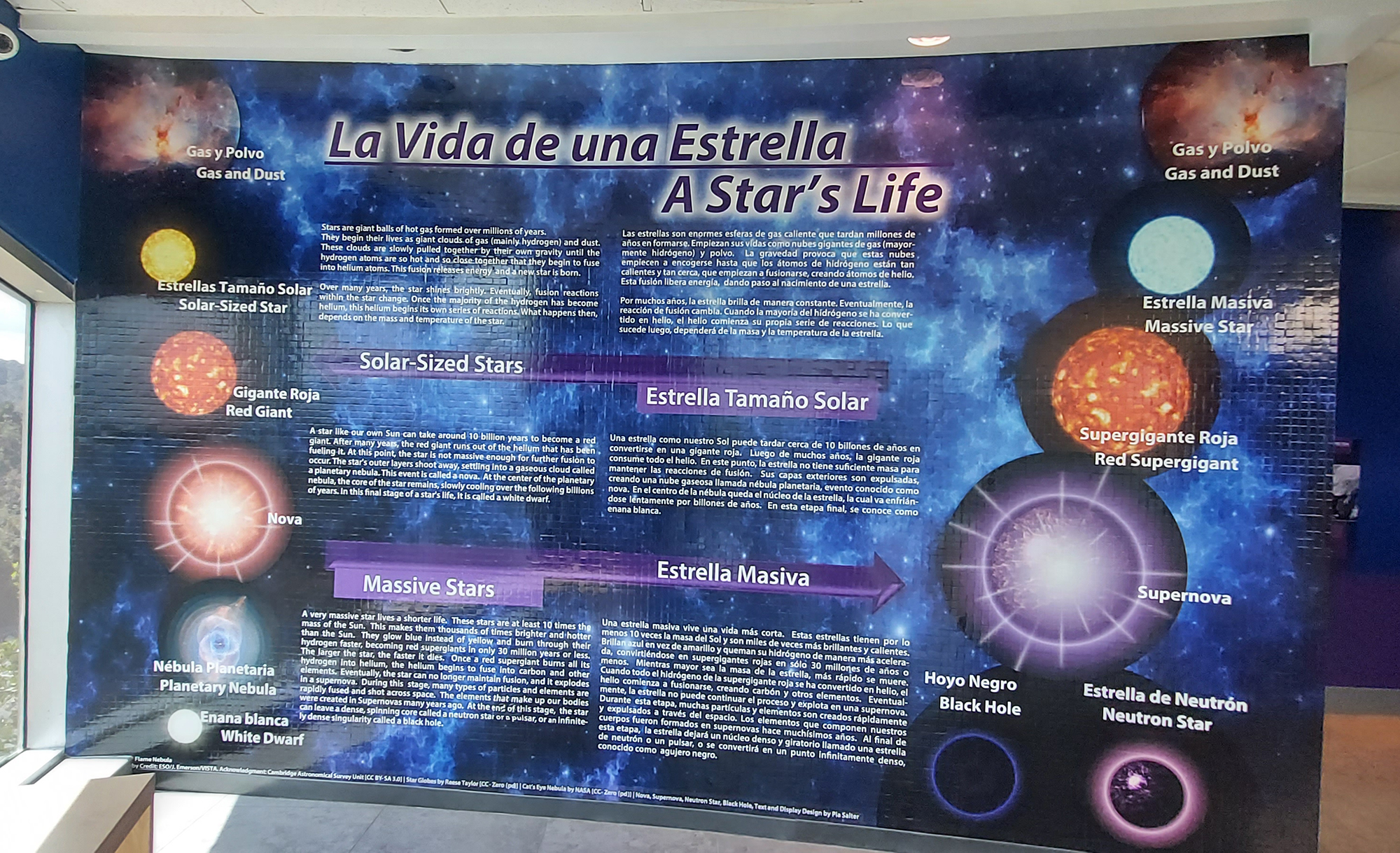When we lived in San Juan 28 years ago, Bob and I journeyed south to the Ponce home of Puerto Rico’s renowned carnival mask maker, Miguel Caraballo. We commissioned a beautiful mask that dominated the dining room wall of our homes for more than two decades.
That “vejigante” mask is now in storage in Colorado, and a little bent at the tip of one of its horns. Since we spent a few months in Puerto Rico last fall, we decided to commission another one. So last November, we journeyed to Ponce again, and met Miguel Caraballo, his son and his grandson.
Caraballo’s masks are world-renowned. He has a mask on display in the Museum of the Americas in Old San Juan, and another in the Smithsonian Institution’s Museum of American Art.

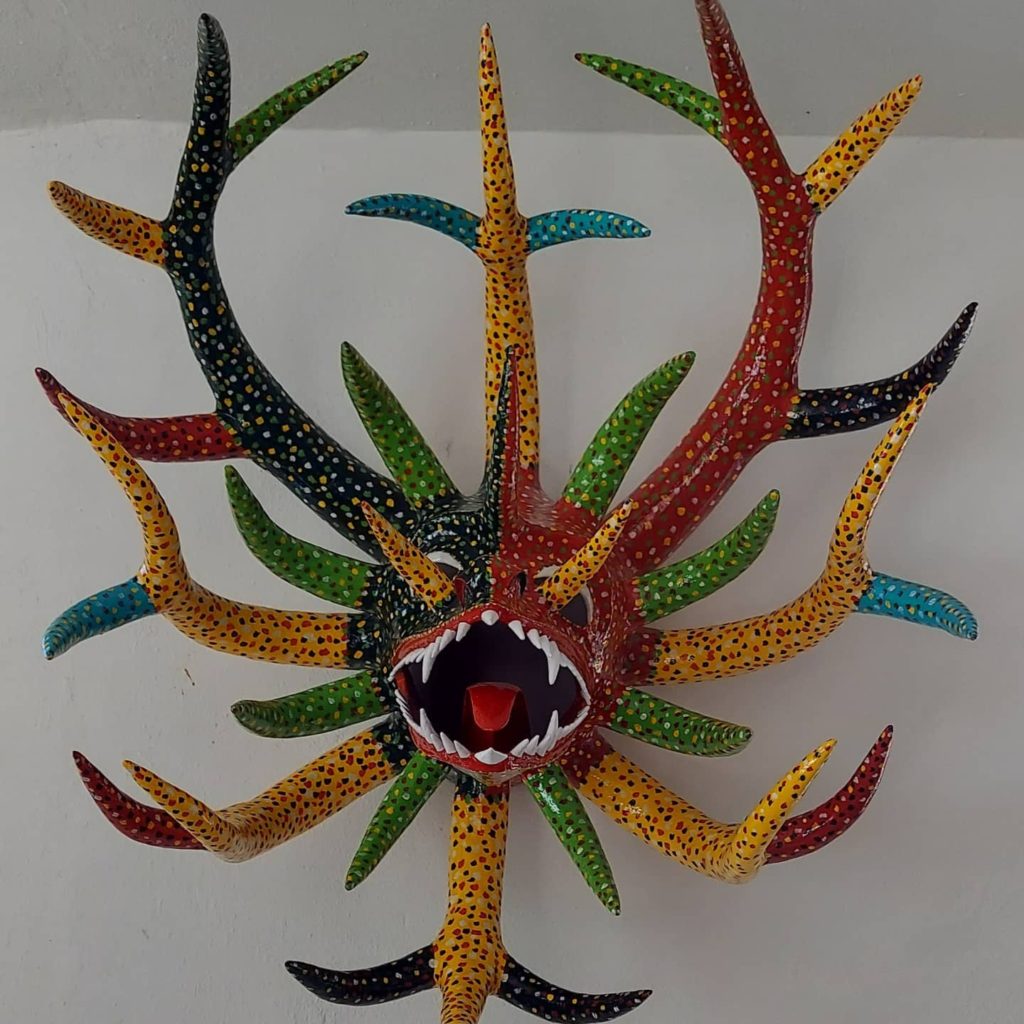
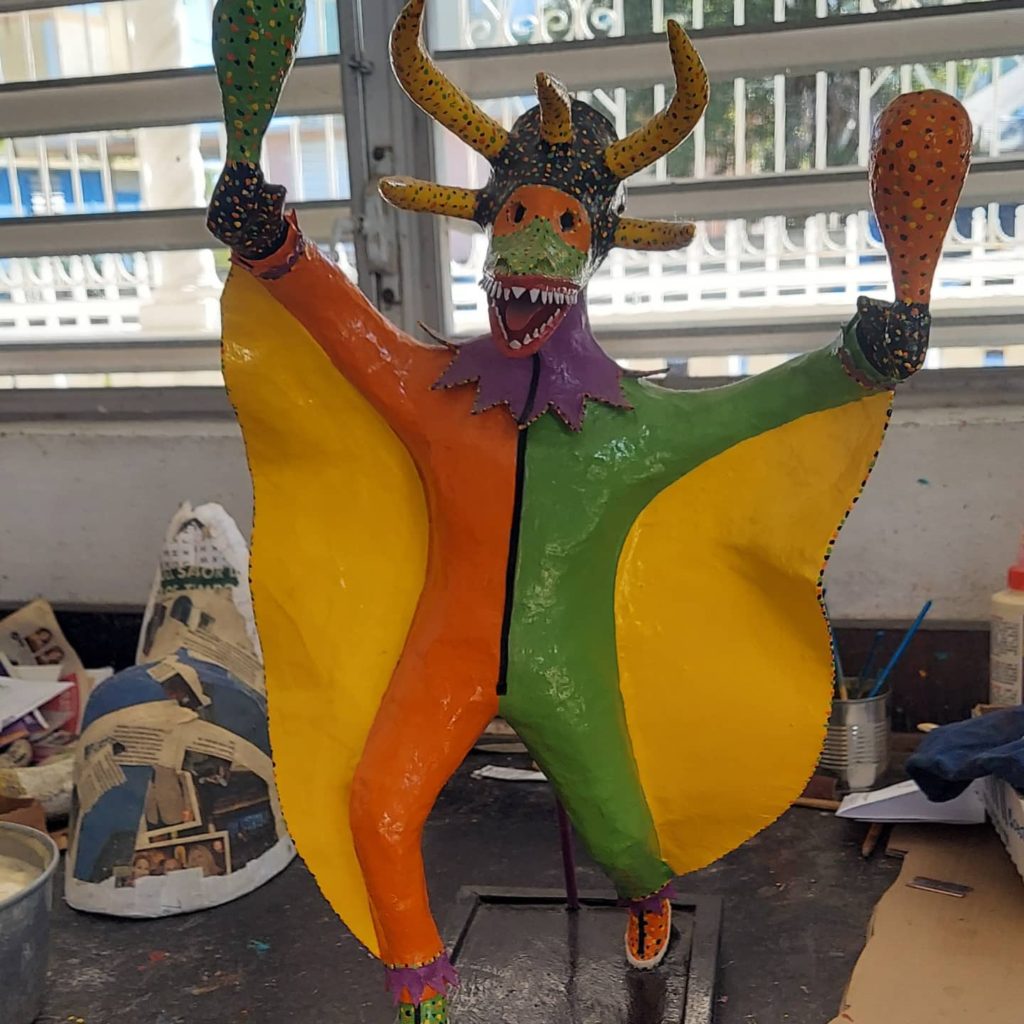
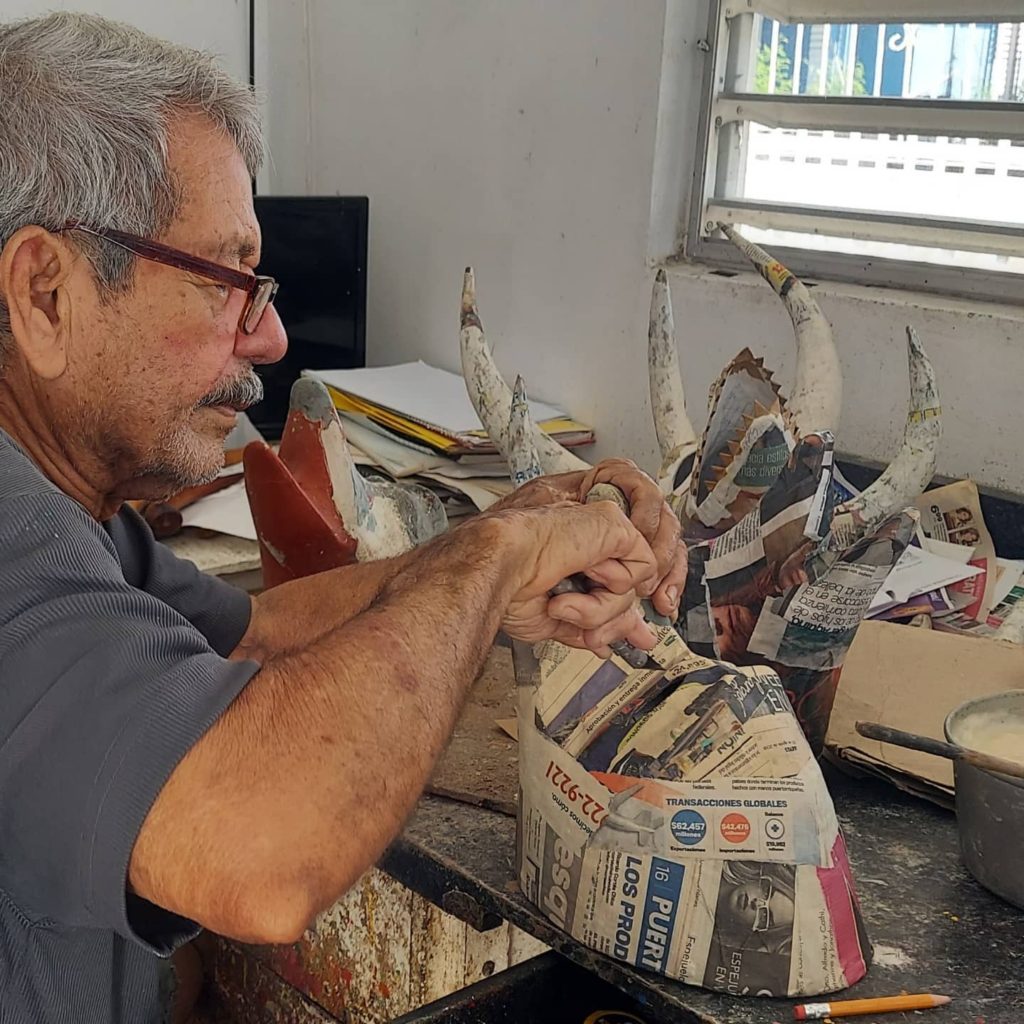
These papier-mâché masks are typically worn by young men who don the colorful costume of a vejigante, a character who roams the streets during Carnaval de la Playa de Ponce, or the Ponce Beach Carnival, playfully scaring children and other revelers. The carnival held each February, features a huge parade, with the vejigante as a protagonist along with the kings and queens of carnival.
Miguel Caraballo started making masks as an apprentice to a woman in his neighborhood when he was 15, 66 years ago. The masks are made with cardboard, newspaper and brown paper, pressed onto molds and held together with a glue made of flour and water. His son makes masks now, and his grandson of the same name does the family marketing.
We picked up our new mask five weeks after our visit. We were delighted! But it was so big that we almost didn’t get it onto the plane back to the States. We had to buy a very large bin from Home Depot to accommodate all the protruding horns. Although the package weighed hardly anything, the combined length, width and height exceeded Southwest’s size limitations by 2 inches. It was only after we cut open the package and took out the mask to show the ticket agent what we were carrying that he decided to seek special approval from his manager. We had to pay $75 for the oversized item, and the agent exhorted us never to try to fly with such a large item again.
We would have been heartbroken to have to leave such a special item behind.
Now that we have purchased a home in Puerto Rico, we plan to return to the Caraballo home to commission yet another mask!
Peopleareculture.com Article
Museum of the Americas
Smithsonian Institution’s National Museum of American History
Facebook
Instagram



